What is the difference between natural and artificial sapphire?

Among the large abundance of precious stones of amazing beauty, a noble sapphire occupies a special place. It attracts the attention of jewelry aficionados with its deep blue color and expressive brilliance on every facet. Like many valuable and expensive items, sapphires are often counterfeited. Cheaper analogs or artificial substitutes are often given for a precious natural stone. The article will discuss how to identify natural stone at home.
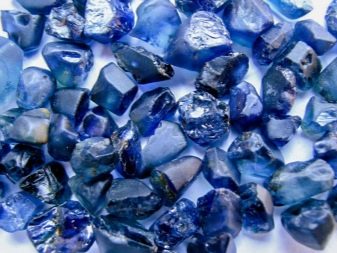
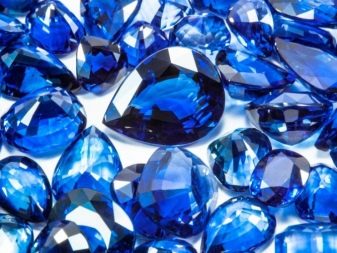
External characteristic
Stones in the classic blue color are especially appreciated. Saturation and hue can be varied. From bright blue to mysterious purple. Despite the fact that sapphire is called a stone of the color of the sea and sky, in nature this type of crystal can have different colors. There are the following options:
- yellow;
- transparent;
- light green;
- brown with a touch of orange.
It is difficult to verify the authenticity of a crystal on your own, but perhaps knowing certain tricks.
The ideal color, according to experts, is the color of cornflower (deep and dark blue).
Kashmir stone differs from other samples in velvety, cornflower blue color. Real crystals have the ability to split the sun's rays. This characteristic adorns the stone with a play of light and expressive brilliance.

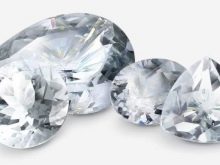
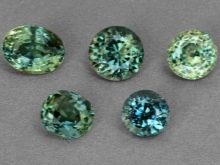
Initial stone check
It should be noted that there are no exact external data and other indicators due to which it is possible to distinguish an artificial sapphire from a stone created by nature with absolute certainty.Due to this, the number of fakes is rapidly increasing, which plays into the hands of scammers. Despite this, you can check some characteristics of natural gems yourself.
Smooth edges and sharp corners are considered indicators of natural origin. As for the strength, the gem in this indicator can be second only to the diamond. The surface of a sapphire can be damaged by the same hard stone. In turn, the edge of the crystal can easily scratch the surface of the hard material. If you are sure that you are holding a natural gem in your hands, you can safely lead it by drawing a groove. This will only harm the synthetic stone.
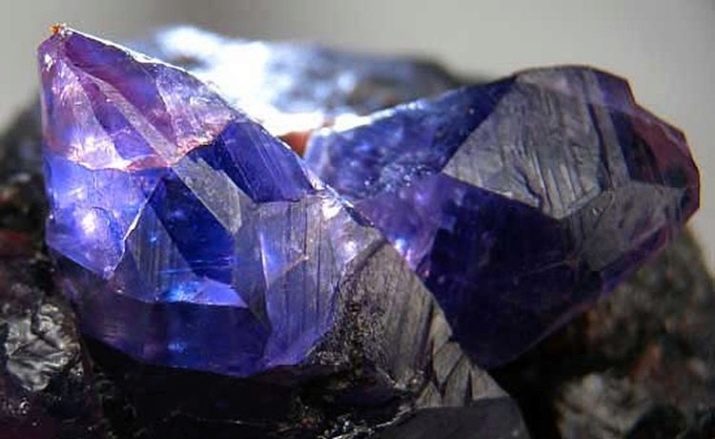
Visual analysis
It takes several millennia to create a gem in natural conditions. Despite the fact that laboratories for the artificial cultivation of stones create similar conditions, they differ from natural ones. This affects the quality of the product and its appearance. Natural stone is characterized by a heterogeneous structure. The presence of inclusions is also required. They can be viewed with a magnifying glass and bright lighting.
A stone created by nature should not contain even the slightest air or gas bubbles.
However, modern technologies make it possible to create forgeries without these shortcomings. Small blotches can be seen even with the naked eye. They indicate a natural, but low quality stone.

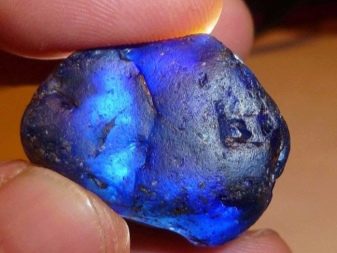
Another way to find out the origin of the gem is to put the sapphire in a container with monobromnaphthalene. The container must be placed on a white sheet of paper, and a light source must be installed next to it. Inclusions in the form of stripes are a sign of a quality and natural product. Curved lines indicate a fake.
Stones that are decorated with a six-fingered star-shaped inclusion are of particular value. This difference is called asterism. Even if the scammers have managed to fake this effect, it is easy to determine. Turn the stone to the light. In a natural gem, the "star" will begin to move. If it stays in place, you have an artificial crystal in your hands.
One of the most common and practical methods to determine the quality of a stone is to assess its color. The difference between a natural gem lies in the preservation of color in conditions of various illumination. This is why the product is evaluated in daylight and artificial light. If you notice a difference in hue and saturation, this is a fake signal.
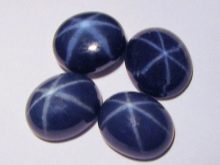
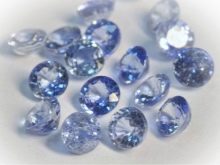
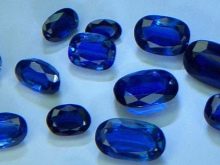
Documentation
Many buyers who decide to please themselves or their loved ones with natural stone jewelry often forget about the most reliable way to check the quality and authenticity of the offered product. It's about checking documents. Jewelry stores are in constant competition. This is an expensive business that not everyone can afford. Sellers are required to provide a certificate of authenticity for stones and precious metals at the first request of the client. The document contains information on the nature of the origin.
Outlets that offer customers the highest quality products are certified for each gem. Also, the seller is obliged to tell about the additional processing of the product. The procedure is carried out for a brighter color and color alignment.
Natural crystals are easily tested with similar processing methods, synthetic samples are covered with stripes.
Everyone knows that jewelry is expensive, especially when it comes to valuable items. Premium natural gems cannot be cheap. Of course, some synthetic specimens can be expensive, especially when passed off as natural stones. In this case, the main thing is not to spend a large amount on a fake.
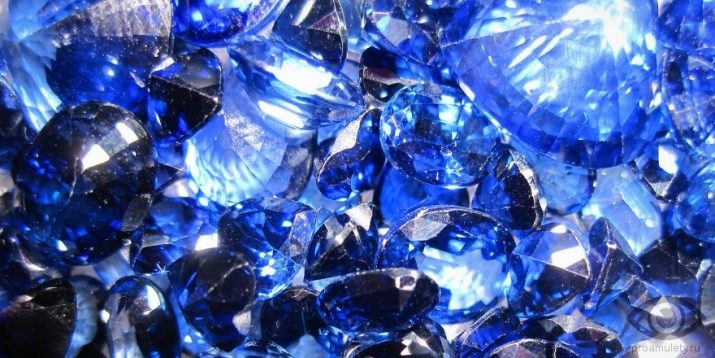
Expert work
If you want to accurately determine the quality of the crystal, use the services of a professional expert. The specialist will quickly and accurately determine the origin of the stone, and you will have no doubts.The work of a skilled craftsman costs money, but these costs cannot be compared with the cost of natural sapphire. In the event that you bought a fake in a store, you can return it and get the money spent back in full.
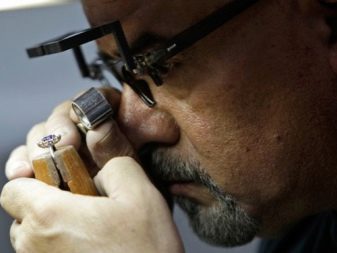

Analogues in the gem market
Various imitations of natural stone can be found on sale. Buyers are offered the following options.
- Counterfeits. Ordinary glass is issued as goods from this group. The material is processed and then displayed on the shop window. It is easy to identify a poor quality product. Such stones heat up quickly in the hands, and it is easy to see bubbles inside.
- Doublets. This class of crystals consists of several layers called doublets or triplets. The top layer of the gem is a natural sapphire, under which a cheap analogue is hidden. Both synthetic options and more profitable gems are used. If you carefully examine the product under a magnifying glass, you can find the gluing.
- Crystals grown in artificial conditions. Due to the high cost of natural crystals, rarity and complex process of sapphire mining, artificially grown stones began to be in great demand. This method is considered the official and common way to obtain stones. Quality samples are very difficult to distinguish from natural gems.
They look great, have excellent strength and durability. But even the best synthetic products cannot be compared with natural gems.
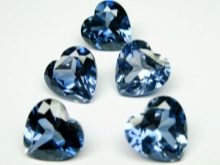
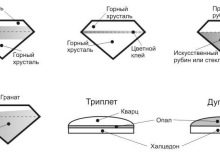
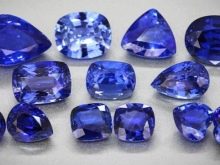
How to distinguish a real sapphire from a fake one, see below.








